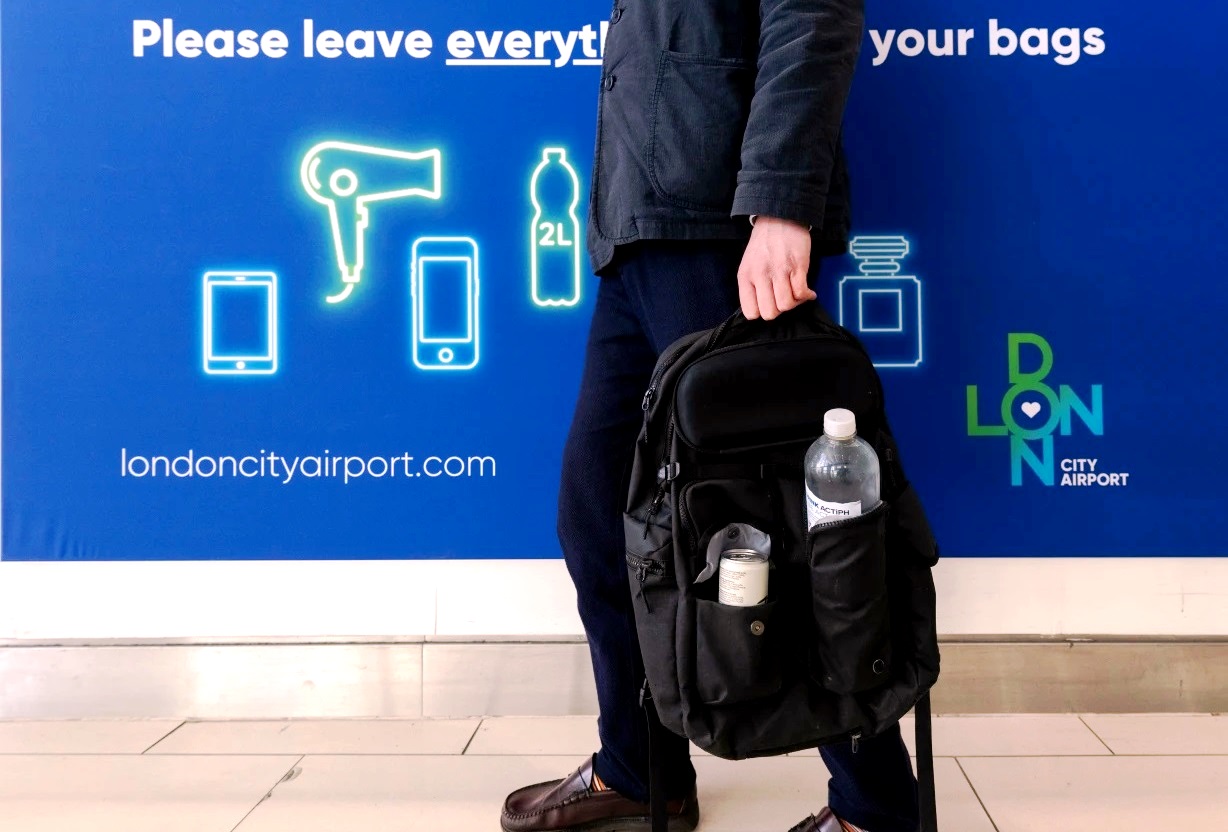IATA sees solid start to 2015 passenger demand

This represents a slower start to the year compared to 2014 full-year growth of 5.9%. However, results likely were affected by the timing of the Lunar New Year in Asia, which occurred one month later this year compared to 2014. January capacity rose 5.2% and load factor slipped 0.5 percentage points to 77.7%. While domestic markets drove growth in the latter part of 2014, international traffic was stronger in January.
“January traffic did not maintain the rate of growth attained in 2014; nevertheless, we are seeing healthy albeit slightly slower growth in the demand for air services. While January was a relatively positive start for the year, we cannot look ahead without seeing some significant risk factors in the macro-economic and political environment,” said Tony Tyler, IATA’s Director General and CEO.
|
Jan 2015 vs. Jan 2014 |
RPK Growth |
ASK Growth |
PLF |
|
International |
5.4% |
6.0% |
78.0% |
|
Domestic |
3.2% |
3.9% |
77.3% |
|
Total Market |
4.6% |
5.2% |
77.7% |
|
YTD 2014 vs. YTD 2013 |
RPK Growth |
ASK Growth |
PLF |
|
International |
6.1% |
6.4% |
79.2% |
|
Domestic |
5.4% |
4.3% |
80.6% |
|
Total Market |
5.9% |
5.6% |
79.7% |
International Passenger Markets
January international passenger traffic rose 5.4% compared to the year-ago period. Capacity rose 6.0% and load factor slipped 0.5 percentage points to 78.0%. All regions recorded year-over increases in demand except for Africa.
• European carriers’ international traffic climbed 5.0% in January compared to the year-ago period, which was the largest increase among the three biggest regions. Capacity rose 4.6% and load factor rose 0.3 percentage points to 77.7%. Air travel growth in Europe reflects robust travel on low cost carriers as well as on airlines registered in Turkey which is helping to overcome some of the impact on travel of the ongoing economic weakness in the region.
• Asia-Pacific carriers recorded an increase of 4.7% compared to January 2014, which is below the 2014 annual trend of 5.8% expansion. In addition, the seasonally-adjusted level of traffic has been broadly flat over the past five months. The timing of the Lunar New Year in mid-February (one month later than it fell in 2014) also impacted the results. Capacity rose 5.8%, pushing down load factor 0.8 percentage points to 77.6%.
• North American airlines saw demand rise 2.7% in January over a year ago. While this was the weakest traffic growth for all regions save Africa, the US economy is a stand-out performer among developed economies. Capacity rose 3.8%, pushing down load factor 0.9 percentage points to 79.5%.
• Middle East carriers had the strongest year-over-year traffic growth in January at 11.4%. Markit’s measures of business activity in non-oil sectors in the region’s economies continue to show improvement, suggesting Middle Eastern economies are comparatively well-placed to withstand the plunge in oil revenues. Capacity rose 13.3% and load factor dipped 1.3 percentage points to 79.7%.
• Latin American airlines’ traffic rose 5.6%. Capacity rose 5.1% and load factor climbed 0.4 percentage points to 81.2%, highest among the regions. While growth in the Brazilian economy has stagnated, regional trade volumes have continued to improve in recent months.
• African airlines saw January traffic slip 0.7% compared to January 2014. The weakness in international air travel for regional carriers is not believed to be attributable to the Ebola outbreak. Rather, it appears to reflect negative economic developments in parts of the continent including Nigeria, the continent’s largest economy, which is suffering from the collapse in oil prices. With capacity up 0.7%, load factor fell 1.0 percentage point to 68.1%, the lowest among the regions.
Domestic Passenger Markets
Domestic air travel rose 3.2% in January year-on-year, which was below the full year 2014 result of 5.4%. Capacity rose 3.9% and load factor was 77.3%, down 0.5% percentage points.
|
Jan 2015 vs Jan 2014 |
RPK Growth |
ASK Growth |
PLF |
|
Australia |
-0.3% |
0.0% |
76.2% |
|
Brazil |
5.6% |
1.0% |
84.6% |
|
China P.R |
2.1% |
5.1% |
77.6% |
|
India |
17.9% |
-1.2% |
84.0% |
|
Japan |
3.3% |
1.7% |
61.1% |
|
Russian Federation |
9.3% |
7.9% |
66.3% |
|
US |
2.7% |
5.1% |
79.3% |
|
Domestic |
3.2% |
3.9% |
77.3% |
• China domestic air travel rose just 2.1% January compared to a year ago. This in part is owing to the timing of the Lunar New Year falling in February (a month later than in 2014). But there was also a contraction in volumes in January compared to December, after adjusting for seasonal factors.
• Brazil’s domestic traffic climbed 5.6% in January. Nonetheless, growth in the economy is stagnant and persistently-high inflation remains a concern.
That the demand for connectivity drives economic activity was widely noted in media reports on the recent Lunar New Year Holiday which fell in February this year. The Chinese government estimated that the number of Chinese making overseas trips during the holiday period topped five million — a 10% increase on 2014. The China Tourism Academy suggests that this activity generated some $22 billion for the Chinese tourism industry. On the receiving end, it was widely reported that the 450,000 Chinese travelers who visited Japan over the period spent nearly $1 billion.
“Air travel drives business. The economic impact of travel during the Lunar New Year period is a tremendous example of how powerful a force travel can be. This is our message to governments: a successful air transport industry strengthens economies with broad economic and social benefits. The industry is committed to sustainable growth. But it is critical that governments do their part in ensuring cost-efficient infrastructure to accommodate demand and not constraining growth with excessive taxation or onerous regulation,” said Tyler.











